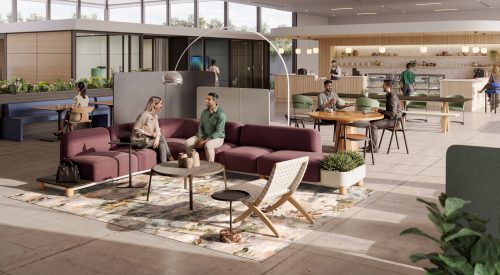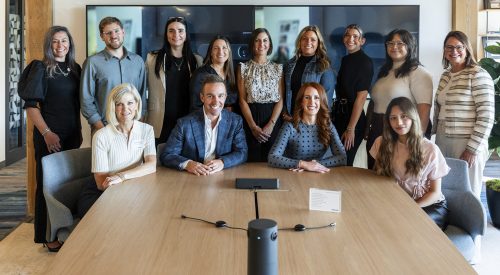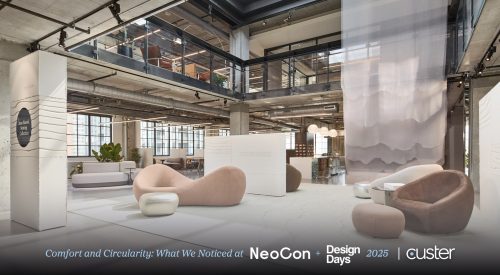- Blog
- Five Factors to Consider When Looking for New Office Space
Five Factors to Consider When Looking for New Office Space
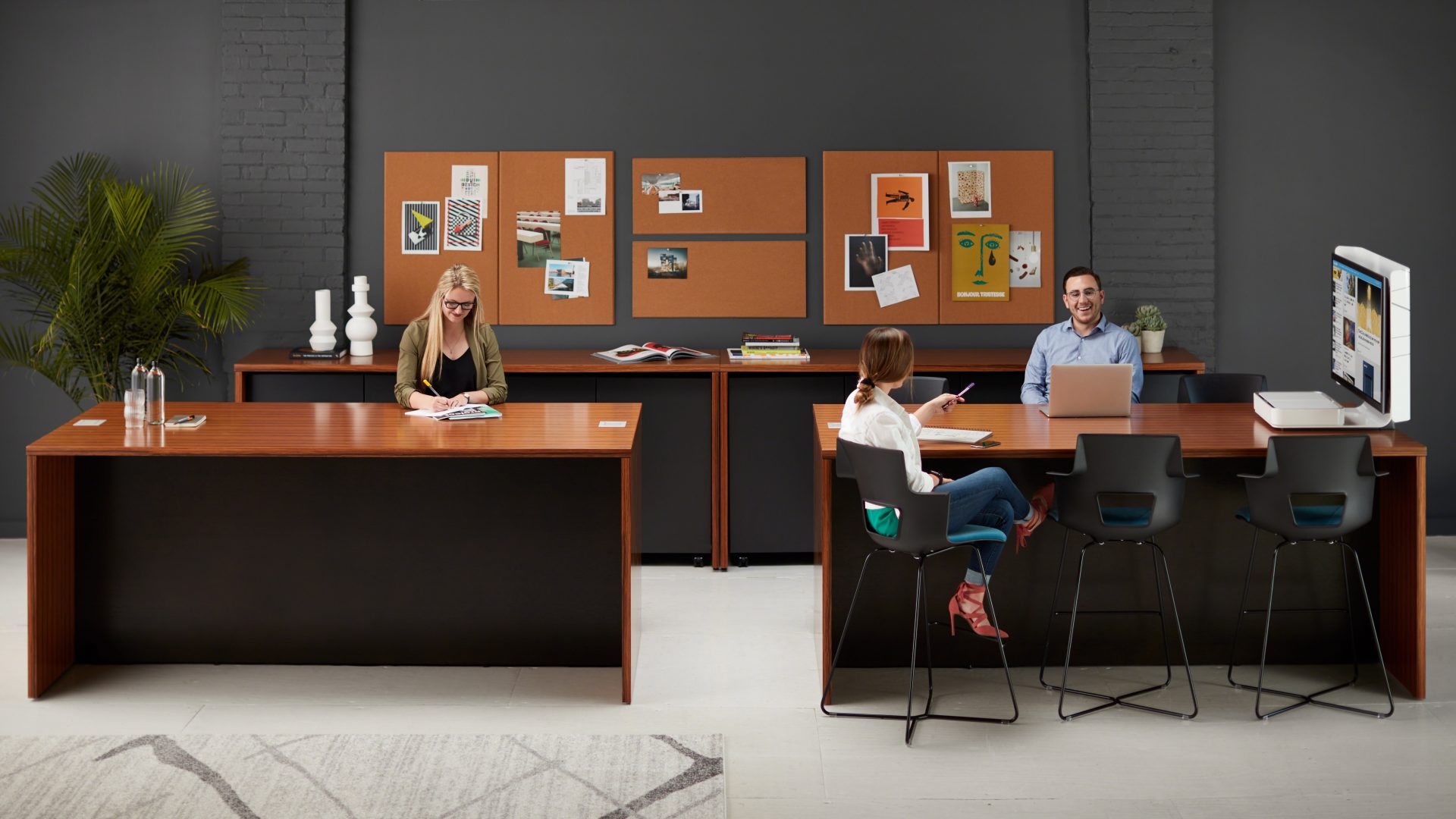
By: Todd Custer, President of Custer Inc. 
Is the back hallway of your office space converting to storage for inventory? Are your employees running out of space to effectively do their work? Did your conference room turn into the employee breakroom?
Your organization isn’t alone, according to a new report by Colliers International | West Michigan. Colliers International | West Michigan’s 2018 annual forecast report found that the greater Grand Rapids area is running out of office space. With downtown office vacancy rates around 5 percent and suburban office vacancy rates around 14 percent, businesses and organizations are running out of space to accommodate their growth.
“It is an exciting time to do business in West Michigan,” said Jon Potvin, managing director for Colliers International | West Michigan. “We have a lot of companies that are expanding, as well as opening new offices in the area. With that, competition for space is at an all-time high and the bar continues to be raised with new office development.”
It’s clear great office environments are good for organizations, however, sometimes it can be a challenge to find the perfect space for your team. If you’re looking to upgrade your office space but not sure where to start, Colliers offers five key factors to keep in mind, including talent, quality space, construction costs, design and future trends.
1. Talent
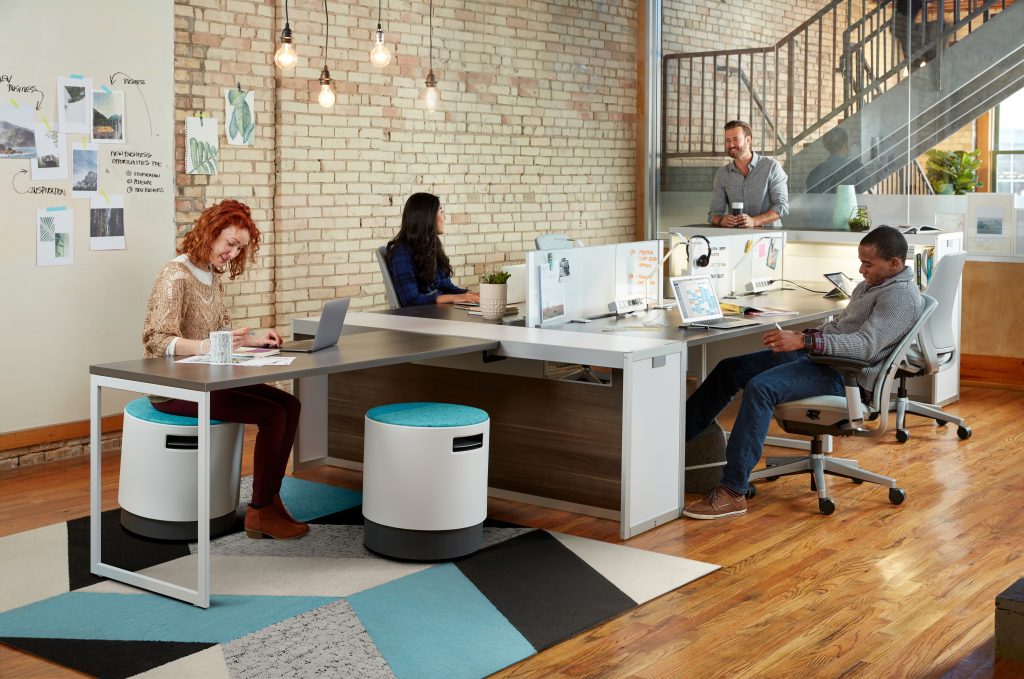
Research shows that a great office space can attract and retain talent, as well as boost employee morale and productivity. At Custer, we also know that a well-designed office space supports and inspires employees, fosters innovation and supports overall wellbeing.
Jeff Hainer, senior research analyst for Colliers International | West Michigan, says that many West Michigan employers are also thinking about talent when looking for a new office.
“Talent attraction and retention is a major theme/goal with office users in our market right now,” said Hainer. “Amenities are in high demand and if your office space doesn’t include some employee perks, then you are likely not winning the talent battle.”
It’s also important to keep in mind that the workforce is always changing as new generations enter the workplace. While many employers are focused on accommodating today’s Millennial and Gen Z workforce, it will also be important to think about who workers will be 10, 15 and 20 years from now. Remember: talent you haven’t hired yet can influence your office space today.
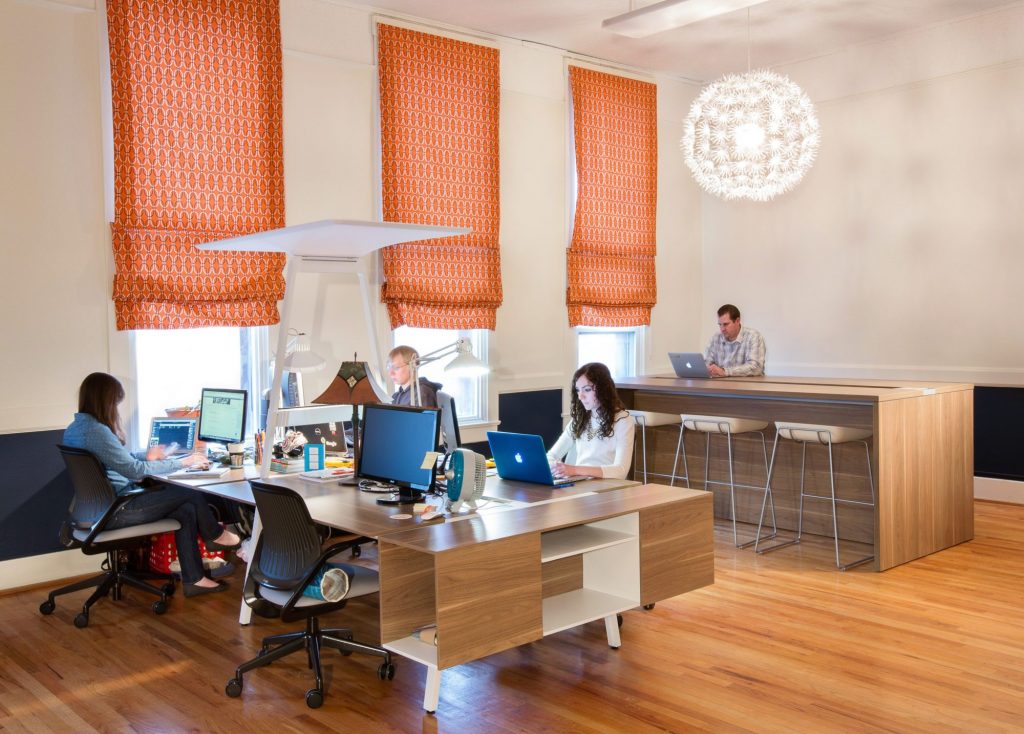
2. Quality Space
According to Colliers, the average square feet needed per office worker is between 150-200 square feet. With that in mind, it’s important to remember every square foot of office space matters to the bottom line.
“Companies definitely think about design and layout when making real estate decisions,” said Hainer. “Visualizing an empty or needing-to-be-renovated space is an obstacle we often encounter with our clients. This is where a company that can not only provide physical office furniture/products, but space planning and guidance really add value. Anything we can do to help them visualize what the space could be, is helpful.”
Hainer also adds that finding good, quality space is difficult because of high demand. However, many employers are willing to spend more if it means offering a quality space for their employees.
“Rental rates continue to push upwards as new product comes online and outdated space gets renovated, both downtown and in the suburbs,” said Hainer. “Companies are (in many cases) willing to pay for it, especially companies with offices in Tier 1 cities. We are still well below prices in many of those markets so the ‘sticker shock’ isn’t a deal-breaker.”
3. Construction Costs

As we team up with construction and architecture partners early in the project process, one of the most common hesitations we’ve heard from our clients is the cost of workplace renovations. With even basic costs, the numbers add up quickly: demolition, construction, carpet, lighting, furniture, someone to manage it all, just to name a few.
“Construction costs and availability of construction teams are still a constraining factor, but landlords are generally willing to allocate some tenant improvement dollars in order to secure a tenant,” said Hainer. “Tenants want to know they will be able to customize rather than just take an older space ‘as-is.’”
Depending on your company’s needs and budget, Hainer says there are several options to consider, such as negotiating renovations with your current landlord or relocating to a new building.
“Many companies are willing to spend a little bit more in rent to make sure they are attracting premier talent. Some desire to be downtown and have the downtown office look and feel while others prefer suburban locations. But that’s what is so great about our market – there is no “one-size-fits-all” solution, nor should there be,” said Hainer.
4. Design

Whether you decide to give your current space a makeover or you move into a brand new office, make sure interior design is part of your plan. As you think about office design, be mindful of the different personalities, generations and cultures in the workplace. Places for employees to connect might include a casual seating area with integrated power and technology, or a café space where people can grab coffee, take a call, or unwind over lunch. These new “watering holes” can boost company culture through a sense of connectedness.
According to Hainer, Colliers often finds that employers are looking for office spaces that have new, clean finishes, offer a mix of different types of space – including open and collaborative spaces¬, as well as areas that offer privacy. Employers are also looking for integrated technology, flexible workspaces and, of course, enough parking for employees. Sit down and make a list of amenities and features you’d like in your next office, as well as what you’d be willing compromise, if needed. This will help you create a clear picture as you look for a new space.
5. The Future

The best way to ensure a successful long-term design solution is identifying your organization’s objectives, goals and vision, and using research-backed solutions to create a space that reflects those principles. Additionally, it’s also important to consider trends that may impact your future workplace.
“Working remotely is a growing trend and although not all companies feel totally comfortable with this quite yet, we see this becoming more prominent in the next 24 months,” said Hainer. “Flexibility goes hand-in-hand with working remotely, and Custer does a great job of facilitating flexible work environments and keeping people engaged. If I was the owner of a company, my goal would be to try to create a work environment in which people want to be in the office, but don’t necessarily need to be in order to accomplish tasks. I think Custer does a great job with that.”
Finding the right office space is critical to your organization’s success. By paying attention to these factors as you consider a new office space, you’ll be able to make the right investment that can have a positive impact on your employees and organization for years to come.
Wondering where to begin with your new office space? Click here to schedule a complimentary design consultation or a showroom tour of Custer.
